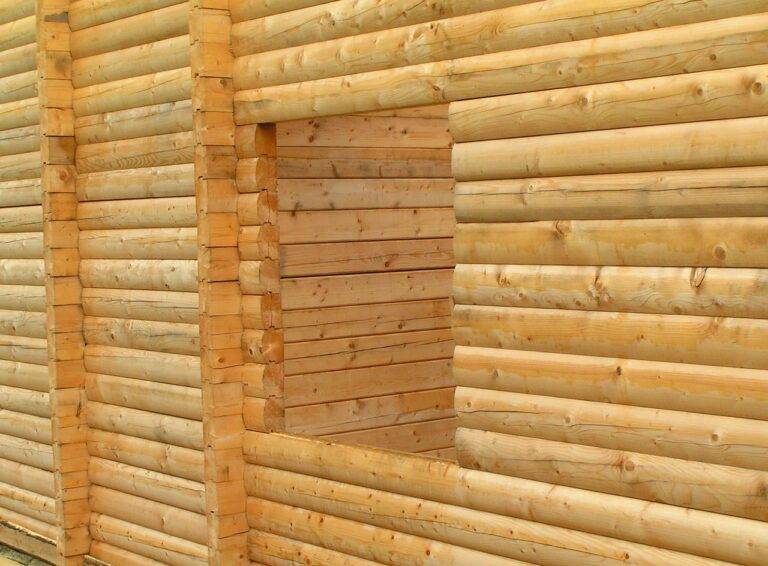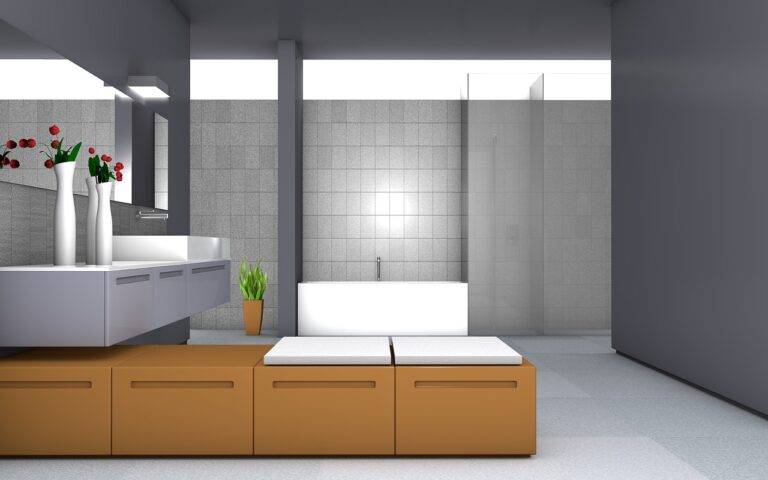The Art of Wallpaper: Adding Pattern and Personality to Your Home
When selecting wallpaper for your space, consider the overall style and aesthetic you want to achieve. Different types of wallpaper materials can impact the ambiance of a room, so choose one that complements your desired look. Additionally, take into account the size of the room and the amount of natural light it receives, as certain patterns and colors can help create a sense of openness or coziness.
Another key factor to consider when choosing wallpaper is the existing décor and furnishings in the room. Ensure that the wallpaper you select coordinates well with the colors and textures of your furniture, curtains, and accessories. By harmonizing these elements, you can create a cohesive and visually appealing space that feels well put together.
Understanding Different Types of Wallpaper Patterns
When it comes to selecting wallpaper for your space, there is a myriad of patterns to choose from that can enhance the aesthetic appeal of your room. From classic stripes and geometric shapes to floral designs and textured prints, each pattern brings its own unique charm and character to the walls. Understanding the different types of wallpaper patterns can help you make an informed decision that complements your interior decor style and personal preference.
Some popular wallpaper patterns include damask, toile, chevron, and paisley. Damask patterns are intricate and elegant, perfect for adding a touch of sophistication to a room. Toile patterns often depict scenic landscapes or nature-inspired motifs, creating a serene and picturesque ambiance. Chevron patterns feature a zigzag design that adds a dynamic and modern flair to any space, while paisley patterns offer a bohemian and artistic vibe with their intricate droplet-shaped motifs. Choosing the right wallpaper pattern is essential in creating a harmonious and visually pleasing atmosphere in your home.
How to Measure and Calculate Wallpaper Needed
To ensure you have the correct amount of wallpaper for your project, measuring the walls accurately is crucial. Measure the height of each wall, starting from the floor to the ceiling, and record the longest measurement. Next, measure the total length of each wall. To calculate the square footage for each wall, multiply the height by the length. Sum up the square footage of all walls in the room to determine the total wallpaper needed.
When selecting wallpaper with a pattern, consider the repeat length mentioned by the manufacturer. The repeat length is the distance before the pattern starts again. To account for this, add the repeat length to the width of the wallpaper. Then divide the total width of the wallpaper by 12 to convert it to feet. Finally, multiply this by the height of the walls to get the total square footage needed. By paying attention to these details and measuring accurately, you can avoid running short of wallpaper during installation.





